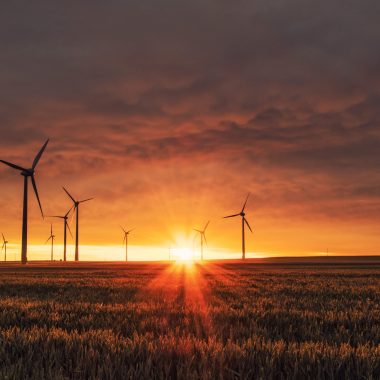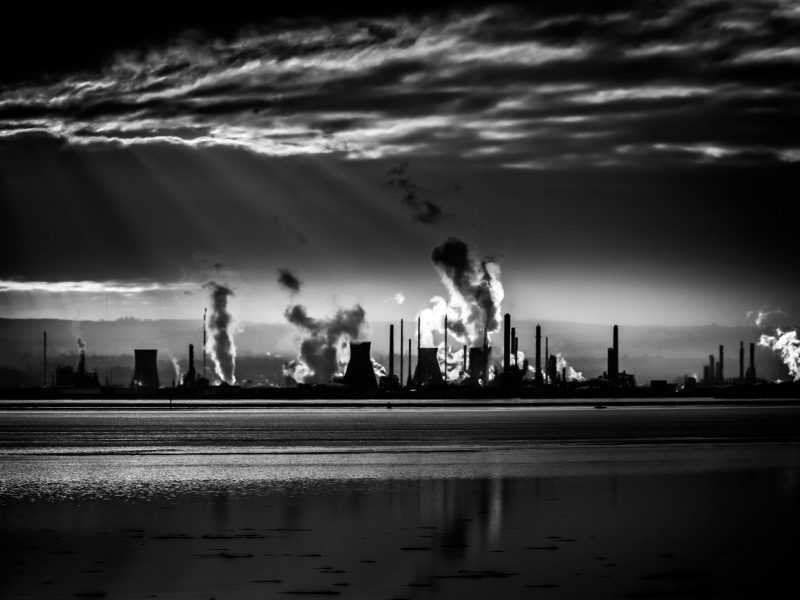About Us.


5% is a non-profit organisation that is a leading source of information and knowledge on climate issues and solutions. Since 2014, the project team has been developing initiatives to help stop the growth of greenhouse gases and further reduce their amount in the atmosphere. Since 2017, 5% has produced an annual review of current climate solutions for different sectors. We have translated the 5% 2020 report for you.
Restoring abandoned farmland.
The use of alternative cement - a mixture of limestone and aluminosilicate clay.
Bamboo production.
Using alternative refrigerants such as ammonia and trapped carbon dioxide instead of fluorinated gases.
Increased cycling infrastructure.
Using biogas for cooking.


Using biomass (agricultural waste) as a source of renewable energy.
Production of biochar, a specially treated coal that improves soil fertility.
Production, use and recycling of bioplastics.
Construction of automated systems.
Energy-efficient retrofitting of buildings.
Carpooling - carpooling, e.g. BlaBlaCar.
